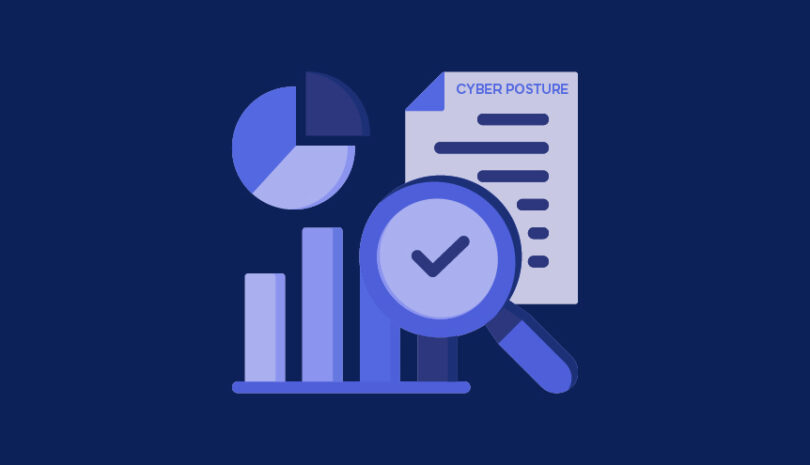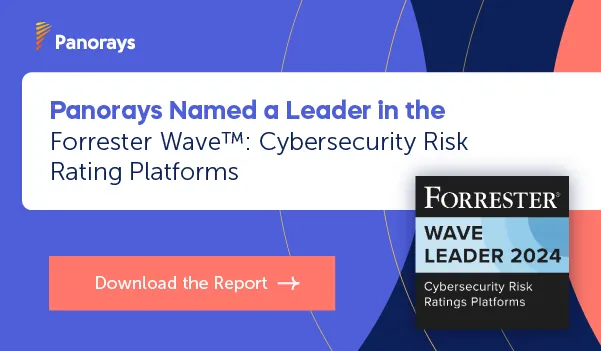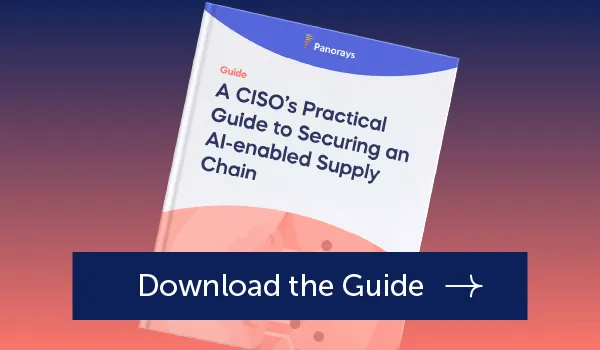It can be challenging to navigate today’s complex cybersecurity landscape. With new threats on the rise, third-party security is a priority for CISOs looking to minimize digital supply chain risks. In its most recent Market Guide for IT Vendor Risk Management Solutions 2022™, Gartner® named Panorays as a Representative Vendor in the report. “The market for IT vendor risk management (IT VRM) solutions is mature with a strong range of established capabilities to manage risk assessment workflows across a broad set of industries and geographies,” Gartner® states in the report.
In another recent announcement, Gartner® predicts that “As the surface area of digital supply chains expand, enhanced cybersecurity is a key theme that Chief Supply Chain Officers (CSCOs) will look to scale this year.”
Third-Party Security Is Key
A typical organization today relies on hundreds if not thousands of third and fourth parties to operate. As a company’s cyber attack surface expands, it’s critical to develop a strong Third-Party Cybersecurity Risk Management (TPCRM) program to defend against supply chain risks.
In its Market Guide, Gartner® recommends you “Develop your organization’s requirements for risk management of IT vendors by defining your use cases for the risk management workflows and the risk domains relevant to your organization’s context and the problems you are trying to solve.”
The process of implementing a risk management program can be broken down into three crucial steps: prioritizing third-party relationships, gaining visibility into potential threats and collaborating to mitigate risks.
Prioritizing Third-Parties Based on Inherent Risk
In the Market Guide for ITVRM, Gartner® notes that “by 2025, 60% of organizations will use cybersecurity risk as a significant determinant in conducting third-party transactions and business engagements.”
That’s why managing a successful TPRM program must begin with prioritizing companies based on inherent risk. By examining the unique impact a particular vendor has on your organization’s security, you gain a better understanding of your cyber risk posture and prioritize third parties accordingly.
Gaining Complete Visibility Into Threats
According to Gartner®, “Solutions are increasingly focused on helping to identify, assess, analyze, monitor and remediate/mitigate cybersecurity and information security (infosec) risks.” With constant threats on the rise, it’s crucial to adopt a TPRM platform that gives you total visibility across your digital supply chain. Make sure to choose a platform that continuously monitors and evaluates your suppliers in order to stay aware of potential threats.
Seamless Collaboration
In order to efficiently remediate any threats, a critical step in third-party risk management must involve a clear process of communication between your organization and external third-party security teams. Look for solutions that provide in-platform communication to easily message and track all conversations, simplifying collaboration with your third parties. A platform that enables effective collaboration lets you achieve your remediation goals faster, with increased visibility into security issues and improved cyber posture.
Transforming Vendor Security
Selecting an IT-VRM platform for your organization may seem overwhelming, but with the right insights, it’s sure to be a smooth and enlightening process. For more information on creating a third-party risk management process, be sure to check out our latest guide and follow this blog for up-to-date information on all things TPRM.






